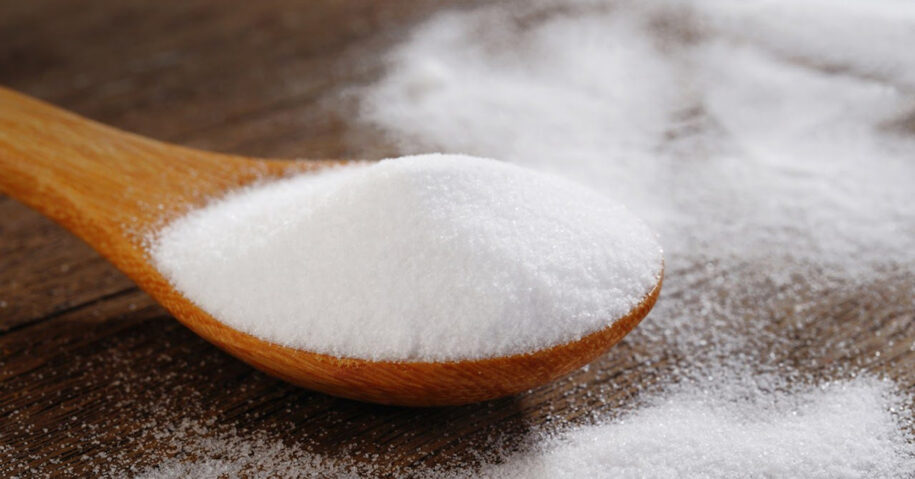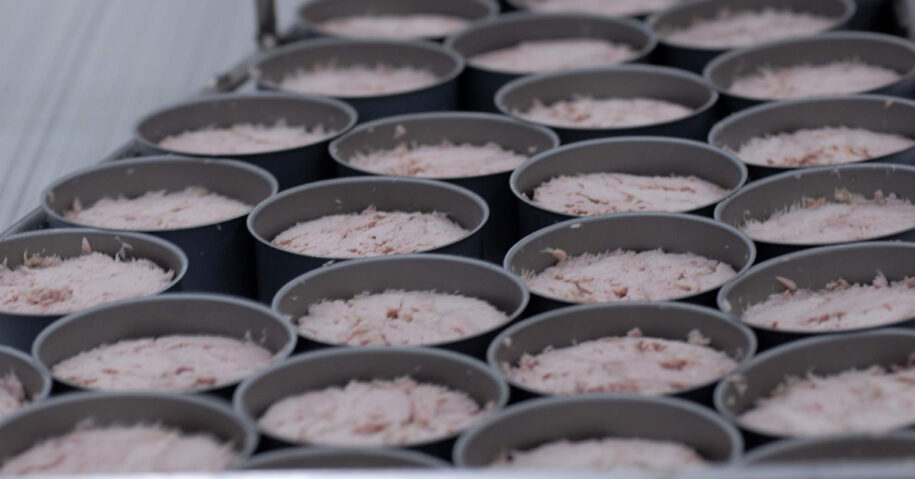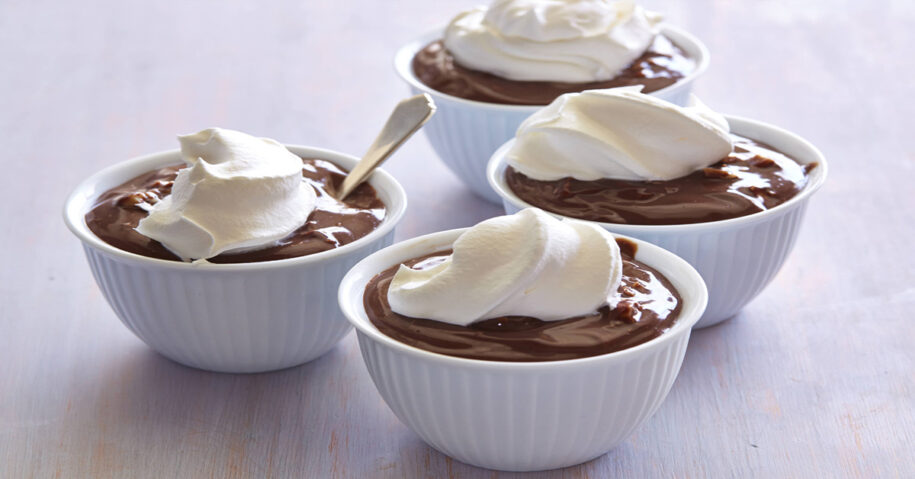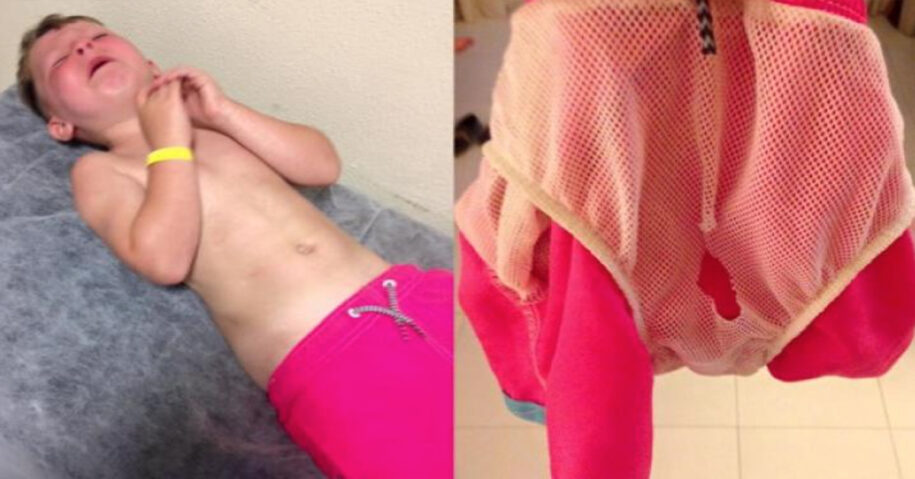
9 Natural Uses for Baking Soda
Baking soda can do a whole lot more than just sit at the back of the fridge. There are dozens of natural uses for baking soda!
What is it?
Baking soda or sodium bicarbonate is a highly alkaline salt with dozens of various uses. It has a slightly bitter, salty taste and is often used for things like baking and deodorizing.
Natural Uses:
It is important to buy baking soda that is aluminum free before attempting any of the following.
Toothpaste
Make a “toothpaste” by mixing 3 percent hydrogen peroxide with baking soda, or you can just dip your toothbrush into the baking soda.
Clean Brushes and combs
Remove the oil and hair product residue by soaking your brushes and combs in a tub of warm water and 2-3 tsp of Baking soda. Rinse the brushes and set out to dry.
Bathroom scrub
Add 1/4 cup of baking soda to 1 Tbsp of Detergent, Splash of vinegar it should come out like a thick paste. Use the paste to clean every part of your bathroom.
Natural Deodorant
Using baking soda as a deodorant is a simple way to combat body odor without subjecting your pits to a variety of harmful chemicals. Mix 1/8 tsp baking soda with a small amount of water, and rub it under your arms.
Kidney Health
Bicarbonate is an alkaline substance that is naturally produced in the body, it helps to buffer acids and keep the Ph in check. People who have chronic kidney disease have a harder time removing acid from the body; resulting in a condition known as metabolic acidosis.
In one study, British researchers treated patients with advanced kidney disease and metabolic acidosis with oral sodium bicarbonate in conjunction with their usual treatment for two years. The sodium bicarbonate slowed the rate of kidney decline by two-thirds, and only 6.5% of the patients required dialysis by the end of the study. Discuss this with your doctor and encourage him to look into this promising therapy.
Try mixing ¼ cup Sea Salt, ¼ cup Epsom Salt, ¼ cup Baking soda, 1/3 cup Apple Cider Vinegar, and 10 drops of your favorite essential oil. Add all the ingredients together, and mix them in with your bath water. Soak in the bath for at least 30 minutes.
Because this is a detox bath, you might feel tired or lightheaded when you get out.
Skin Conditions
For insect bites, make a paste out of baking soda and water, and apply it as a salve onto affected skin. To ease the itch, shake some baking soda into your hand and rub it onto damp skin after a bath or shower.
Skip harsh soaps and gently scrub away ground-in dirt and neutralize odors on hands with a paste of 3 parts baking soda to 1 part water, or 3 parts baking soda to gentle liquid hand soap. Then rinse clean.
A paste made from three parts of baking soda combined with 1 part water can be used as an exfoliator for your face and body. It’s natural, inexpensive and gentle enough to use every day.
For splinters, add a tablespoon of baking soda to a small glass of water, then soak the affected area twice a day. Many splinters will come out on their own after a couple of days using this treatment.
If you can’t afford a standard spa treatment, create a foot soak by adding baking soda to warm water. It’s a well-known way to heal athlete’s foot, but it’s also great for easing calluses.
Cold & Flu
In a booklet called “Arm & Hammer Baking Soda Medical Uses,” which was published in 1924, Dr. Volney S. Cheney stated that he “treated all cases of ‘cold,’ influenza and LaGripe by first giving generous doses of bicarbonate of soda, and in many, many instances within 36 hours the symptoms would have entirely abated.”
You simply Dissolve the recommended amount in a glass of cold water. The doses recommended in the book were:
Day 1- Take six doses of ½ tsp baking soda, in two hour intervals.
Day-2 Take four doses of ½ tsp baking soda, in two hour intervals.
Day 3- Take two doses of ½ tsp of baking soda, once in the morning and once in the evening. For any additional days take ½ tsp once daily until symptoms are gone.
Heartburn, Indigestion and Ulcer Pain
Most store bought antacids contain some sort of bicarbonate. Baking soda works by immediately neutralizing stomach acid, helping to relieve heartburn, indigestion and even ulcer pain.
Dosing is typically ½ teaspoon fully dissolved in a half a glass of water, taken every two hours (do not take more than seven ½ teaspoons in 24 hours, or three ½ teaspoons if you’re over 60).
Do not use this for the treatment of chronic pain. Be careful not to consume excessive amount, which can cause serious electrolyte and acid/base imbalances.







